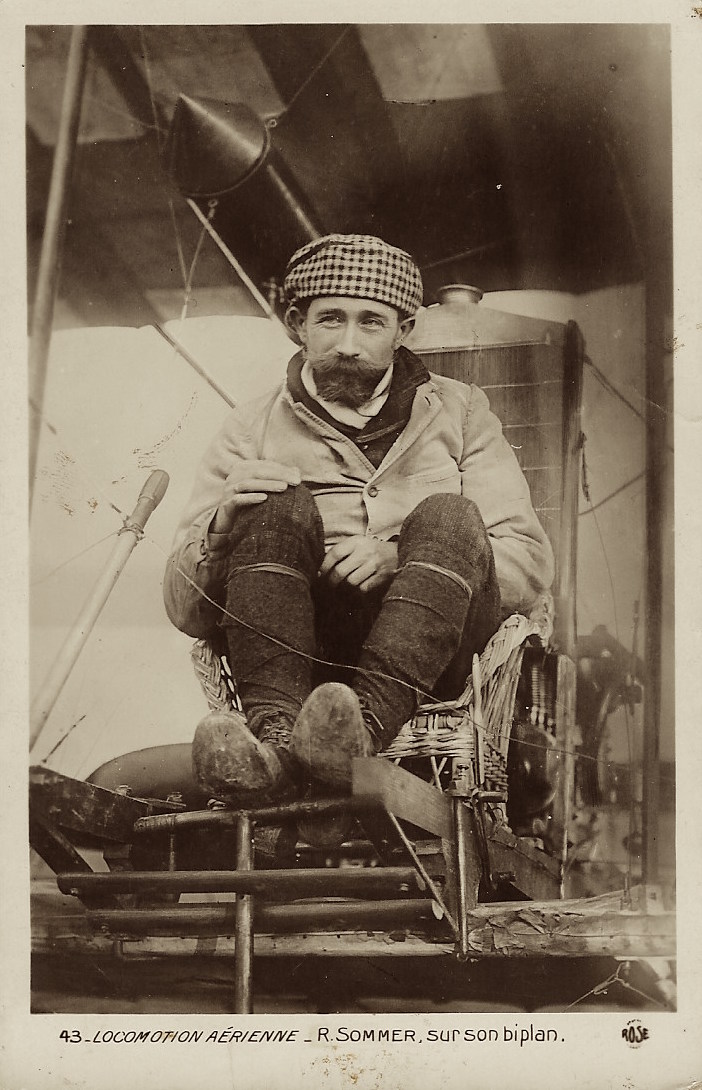 PHOTO 1
PHOTO 1
 PHOTO 1 (CLOSE-UP)
PHOTO 1 (CLOSE-UP)
 PHOTO 2
PHOTO 2

PHOTO 2 (CLOSE-UP)
These two snapshots provide examples of nose art decoratively painted on the fuselage of American planes during World War II. Nose art was originally deployed as a way of identifying friendly aircraft. The practice evolved to the point that the art became a way of expressing individuality within the uniformity of the military. It also reminded plane crews and ground support of better times back home and at the same time defended the men from the stresses of war and the threat of death. Nose Art was not sanctioned by the military but they did not enforce rules against it. Nose art has been described as “folk art” as well as “graffiti art”. Some civilian airlines later picked up the practice of displaying art on their airliners. The practice of nose art on fighting airplanes began with German and Italian pilots. The first known example was a sea monster that was pained on an Italian war plane in 1913. The most famous of all nose art was was the shark-face image which first appeared on British and American planes during World War I. During that time, the creators and artists of nose art were usually members of the ground crew. World War II has been called the “golden age” of nose art. Axis and Allied pilots participated in the practice. Artists included both professional civilian artist as well as talented servicemen. Paintings of “pin-up” girls and cartoon characters were very popular nose art during the second World War. Nose art is still a popular tradition today. Photo 1 features a pin-up girl lying down. There are a number of names painted on the fuselage (“Karma Jean”, “Bizzy”, “White Angel”, and “Little Joe”. I don’t know what the names represent. Perhaps they are nicknames of the crew members. There is also a column of names near the front of the fuselage and it is my presumption is a list of the proper names of all the crew members. In my unsophisticated opinion, I believe the pictured plane is a B-24. I could really use a fact checker right now. This image measures about 2 1/4″ x 3 1/4″ and is in very good condition. Photo 2 may also be a B-24 bomber. Note the US insignia (star in a blue circle) on the rear of the fuselage. Also take notice of the two aircraft in the background. The nose art on the foreground plane is a painting of a pin-up named “Miss Behaving”. This photograph measures about 4 1/4″ x 2 1/2″. (SOLD)
 PHOTO 1
PHOTO 1 PHOTO 2
PHOTO 2









 PHOTO 1
PHOTO 1 PHOTO 1 (CLOSE-UP)
PHOTO 1 (CLOSE-UP) PHOTO 2
PHOTO 2
 PHOTO 1
PHOTO 1 PHOTO 2
PHOTO 2
